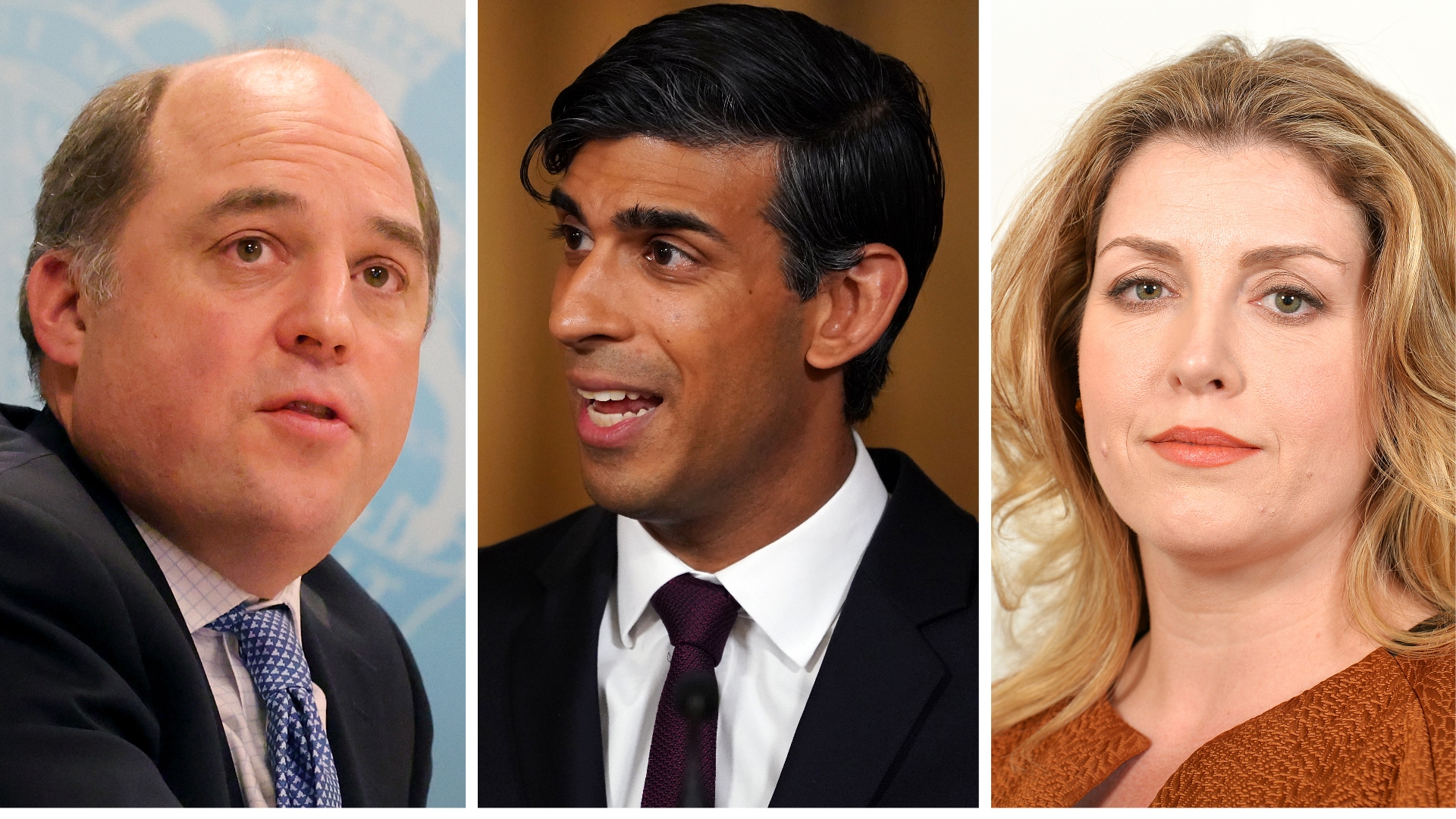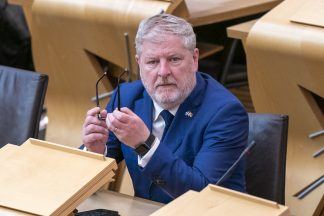Liz Truss’s position as Prime Minister appears in danger as some Tory MPs call for her ousting after a disastrous start to her premiership.
The Prime Minister sacked her chancellor and effectively ditched her economic agenda in a bid to restore credibility to her administration after revealing a mini-budget that sent markets into meltdown.
The U-turns have seemingly done little to quash growing disquiet within the party, with MPs Crispin Blunt, Andrew Bridgen and Jamie Wallis calling for her resignation on Sunday.
For a prime minister to lose their job they must either resign, their party must lose a general election or they must lose a confidence vote.
But current Conservative Party rules forbid a confidence ballot for another 11 months and the next general election is not due until late 2024.
Here we look at how the Prime Minister could be ousted.
What are the Conservative rules for a vote of no confidence?
 No10 Downing St
No10 Downing StThe Conservative Party’s 1922 Committee of backbench MPs stipulates a prime minister cannot face a confidence vote during their first year in office.
Outside of that period, 15% of the parliamentary party would have to submit letters of no confidence to Sir Graham Brady, chairman of the Committee, for a vote to be held.
That means Truss would face a vote if 53 Tory MPs submitted letters.
MPs’ letters are held on file by Sir Graham, unless they are withdrawn, and he keeps a secret running tally of the number.
At least 50% of Tory MPs must then vote “no confidence” in a ballot for a PM to lose. A leadership contest would then start.
But given the backlash against the PM, there is speculation Tory MPs could bypass the current rules.
What are their other options?

The 1922 Committee executive could be forced to change the party rules to allow a vote if there is enough pressure from MPs.
If such a decision is made, it is likely Sir Graham would raise the threshold of letters needed for the vote from the 15% mark.
On the other hand, mounting criticism from her own party may force Truss to resign without a confidence vote.
Although Boris Johnson survived a confidence ballot earlier this year, he was forced to resign relatively quickly in the aftermath due to a wave of mass resignations from his government – including from Cabinet ministers.
Regardless of formal confidence vote rules, if enough MPs submitted letters of no confidence to prove Truss could not command her party or pass legislation, her hand would likely be forced.
Would there be another Tory leadership contest?
 Euan Cherry CCHQ / Parsons Media
Euan Cherry CCHQ / Parsons MediaIf rules are changed to allow a confidence ballot, or if Truss resigns, it could trigger another leadership contest.
But the party may be keen to avoid a repeat of the lengthy and often bitter process so soon.
A contest typically takes place in two stages. In the first stage, Conservative MPs put themselves forward as candidates.
All Conservative MPs then vote in a series of rounds to reduce the number of candidates until only two remain.
The second stage of the contest sees the two remaining candidates put to a vote of Conservative Party members.
Boris Johnson won the leadership contest in 2019 against Jeremy Hunt, following Theresa May’s resignation, and Truss won against Rishi Sunak, following Johnson’s resignation.
But if only one person is successfully nominated, they become leader unopposed without a vote of party members.
This is what happened when David Cameron quit and Theresa May was left as the last candidate standing following the withdrawal of Andrea Leadsom.
The rules could theoretically be changed to try to ensure only one person is nominated by significantly raising the threshold for nominations.
During the last contest, the backing of 20 MPs was needed for a successful nomination.
Who could replace Truss?
 UK Government/No10 Downing Street
UK Government/No10 Downing StreetDespite growing moves to oust Truss, there is no consensus among Tory MPs as to who could replace her.
With the party riven by factionalism, finding a “unity candidate” could prove difficult.
Former chancellor Rishi Sunak, who was runner-up to Truss in the leadership election and topped the voting among MPs, could be a popular option, with Conservative MPs reportedly exploring a joint ticket with his fellow contender Penny Mordaunt.
But Sunak would be fiercely opposed by Boris Johnson loyalists unable to forgive his role in bringing down the former prime minister.
Well-regarded defence secretary Ben Wallace is also being touted as a possible successor.
Former culture secretary Nadine Dorries warned her colleagues they must support Truss or bring back her predecessor to avoid a general election.
She tweeted: “There is no unity candidate. No-one has enough support.
“Only one MP has a mandate from party members and from the British public – a mandate with an 80-seat majority. @BorisJohnson.
“The choices are simple – back Liz, if not bring back Boris or face a GE within weeks.”
Could there be a general election?

Opposition parties have been vociferous in their demands for an early general election in response to the the calamitous start to Truss’s premiership.
Labour leader Sir Keir Starmer argued the Tories “no longer have a mandate from the British people” and that Truss’s sacking of Kwasi Kwarteng as chancellor “doesn’t undo the damage” done to the economy.
There have also been calls for an immediate general election from the public, with MPs on Monday due to debate a petition which amassed more than half-a-million signatures.
With the maximum term for Parliament five years, the latest possible date for the next general election is January 23, 2025.
But the Prime Minister can decide to call one earlier, although the Conservatives are unlikely to want one, given dire polling which has predicted a landslide for Labour and wipe-out for the Tories.
Follow STV News on WhatsApp
Scan the QR code on your mobile device for all the latest news from around the country


























